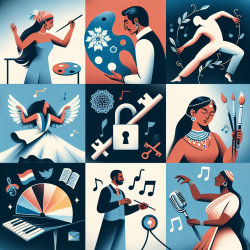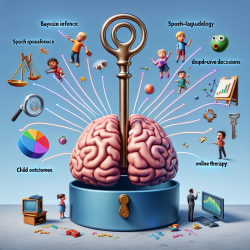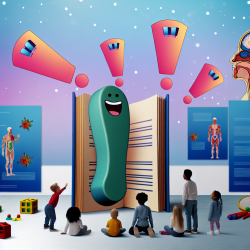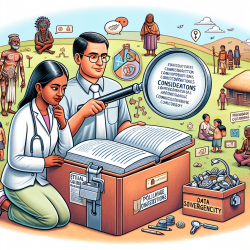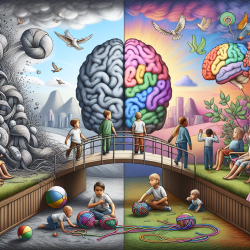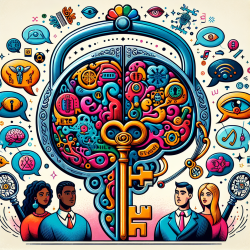Introduction
In the ever-evolving field of substance use treatment, practitioners are constantly seeking innovative methods to enhance client engagement and outcomes. A recent study titled Substance use treatment using cultural arts and 12 steps: Curriculum training and community-led implementation in Zambia offers intriguing insights into the integration of cultural arts with traditional 12-step programs. This blog explores the study's findings and how practitioners can implement these outcomes to improve their skills and client success rates.
The Power of Cultural Arts in Therapy
The study conducted in Zambia focused on a curriculum that combined cultural arts with the 12-step recovery process. This approach utilized Zambian art forms, such as drumming, storytelling, and dance, to explore the 12 steps of addiction recovery. The curriculum was designed to be literacy-free, making it accessible to a broader audience, including those with limited reading skills.
By incorporating expressive arts, the curriculum provided clients with a unique avenue for self-expression and healing. This method not only facilitated open sharing and participation but also helped reduce the frequency of substance use among clients. The study found significant decreases in the use of alcohol, marijuana, inhalants, and cigarettes.
Training and Implementation
The study involved training 100 professionals from various organizations across Zambia. These professionals were equipped with the skills to deliver the curriculum within their communities. The training significantly improved their perceptions of the value of offering substance use treatment, although it did not alter their views of substance users.
Organizations that implemented the curriculum reported it as beneficial, feasible, and recommendable. The integration of cultural arts into therapy opened conversations about substance use and encouraged clients to engage more actively in their recovery journey.
Implications for Practitioners
Practitioners can draw valuable lessons from this study to enhance their therapeutic approaches. Here are some key takeaways:
- Incorporate Cultural Elements: Integrating cultural arts into therapy can create a more relatable and engaging environment for clients. Practitioners should consider the cultural context of their clients and explore ways to incorporate relevant art forms into their treatment plans.
- Focus on Expressive Arts: Utilizing expressive arts, such as music, dance, and storytelling, can help clients articulate their emotions and experiences in a non-verbal manner. This can be particularly beneficial for clients who struggle with traditional talk therapy.
- Enhance Training Programs: Training programs for professionals should include modules on cultural competence and the use of expressive arts in therapy. This will equip practitioners with the skills needed to implement innovative treatment methods effectively.
Encouraging Further Research
While the study presents promising results, it also highlights the need for further research. Practitioners are encouraged to explore the following areas:
- Long-term Impact: Investigate the long-term effects of integrating cultural arts into substance use treatment and its impact on relapse rates.
- Cross-cultural Applications: Examine how the curriculum can be adapted for use in different cultural settings and its effectiveness across diverse populations.
- Family Involvement: Explore the role of family involvement in the treatment process and how cultural arts can facilitate family engagement in therapy.
To read the original research paper, please follow this link: Substance use treatment using cultural arts and 12 steps: Curriculum training and community-led implementation in Zambia.
